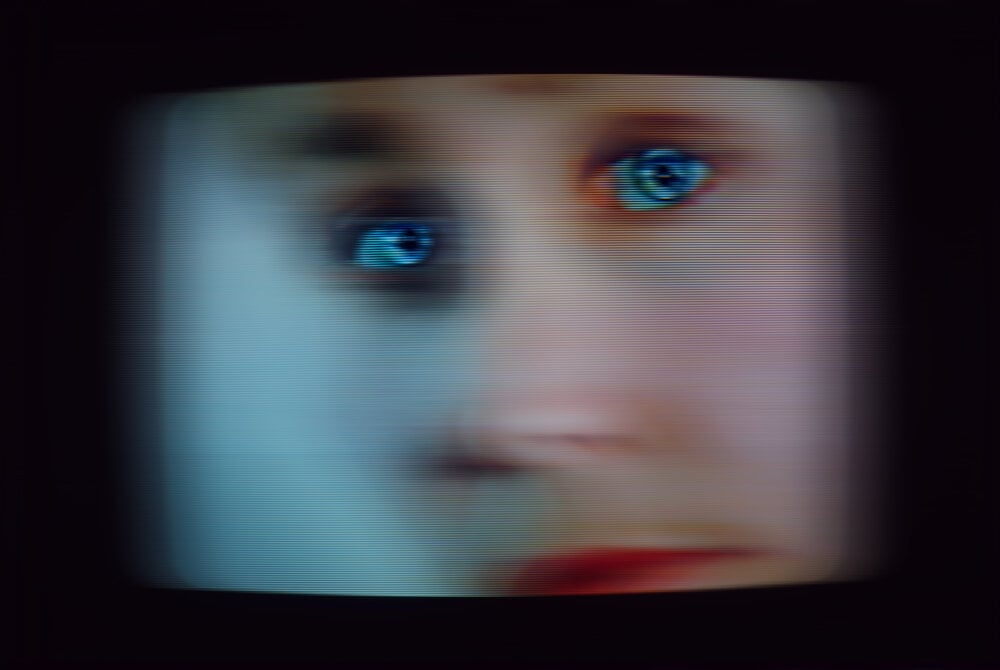
As galleries and museums across the US shuttered this week in a desperate attempt to slow the spread of the novel coronavirus, the writer-curators Barbara Pollack and Anne Verhallen spent the weekend putting together a group show responding to the crisis—one that would be hosted not in a white walled gallery, but online.
On Monday, they unveiled the fruits of their efforts, titled “How Can We Think of Art in a Time Like This,” featuring, thus far, work by Lynn Hershman Leeson, Judith Bernstein, Janet Biggs, Miao Ying, Dread Scott and Jenny Polak, Kathe Burkhart, and Zhao Zhao.
The prevailing themes, as you might expect, are dark. “We were looking for artists who had futuristic pessimism, political outrage, or psychic meltdowns,” Pollack told Artnet News.
“Art in a Time Like This” is meant to serve as a platform for the exchange of ideas at a time when the world is in turmoil and everyday activities are disrupted by social distancing and increasingly strict directives to stay at home.
Judith Bernstein, President (2017). Courtesy of the artist.
“The comments page allows for open dialogue,” Pollack added. “We want a space where people can vent, can get hysterical, can get outraged, and can have free expression when so much is getting cancelled and shut down.”
The curators hope the show might resemble traditional modes of art viewing. “We invite people to treat it as if they are visiting a proper exhibition,” Verhallen told Artnet News. “Each artist has submitted about five works, and some of it is video content. We hope people take the time to navigate through the different artists and read their statements.”
With all that is going on in the world right now, both curators are quick to acknowledge that art, and the ability to see it, may seem relatively unimportant.
“It’s always been an intriguing contradiction between how important art is and how trivial it can be at the same time,” said Pollack. “When crises come up, I think it’s a question we all ask ourselves… There is always something going on in the world that seems to overshadow creative effort, and yet it’s so important for creative effort to continue.”
Janet Biggs, Mars Desert Research Station (2017). Courtesy of the artist.
The exhibition is also something of a lifeline for artists who are suddenly seeing their schedules cleared, upcoming and projects and exhibitions on indefinite hold as the world deals with the global threat to public health.
“The feeling of having something canceled can be terrible and very traumatic for an artist,” Pollack said. “We wanted a space that gave people a chance to share their work.”
The curator and critic was speaking from experience. Back in 2001, when Pollack was a practicing artist, her photography show “Dance Party” was set to open on September 12, the day after the deadly terrorist attacks on the World Trade Center.
At the time, creating an online exhibition wasn’t something Pollack considered. Fast forward nearly 19 years, and galleries, art fairs, and institutions are scrambling to offer digital alternatives to planned events, like the online viewing room for Art Basel Hong Kong, which opened to VIPs today.
“What’s different about our initiative is we’re not selling work; we’re not making it a commercial space at all,” said Pollack. “We’re inviting artists to a curated show.”
Documentation of Slave Rebellion Reenactment, a community engaged performance initiated by Dread Scott. Performed November 8-9, 2019 in the outskirts of New Orleans. Photo by Soul Brother.
The curators will be adding work by new artists every day, with Ai Weiwei and Shinique Smith among those on deck. Most are contributing existing pieces, although at least one artist is working on new project for the occasion.
The project came together remarkably quickly. The duo spent 48 hours recruiting the artists and launching the site with all the associated social media channels (all while working remotely from their respective apartments).
For Pollack, who has been dealing with the fallout from coronavirus longer than most, moving quickly felt essential. An expert on Chinese art, she was forced to suspend her travel plans as early in January, when the initial outbreak of the disease saw exhibitions she had curated in the country canceled.
“I think people are in the first wave of shock in New York City, but for those of us who deal with Asia, the shock hit a little earlier,” Pollack said.
“Immediacy was obviously very important to us,” Verhallen added. “We didn’t want to wait.”